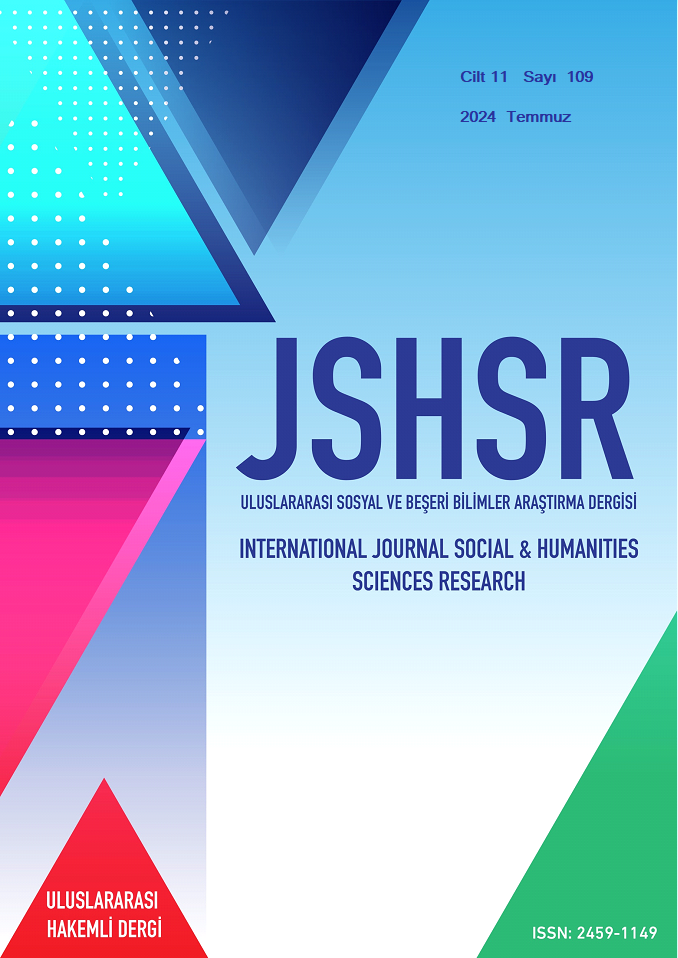The Effect of Cerebral Lateralization on the Swimming Performance in Four Different Swimming Styles in Young Swimmers
DOI:
https://doi.org/10.5281/zenodo.12819561Abstract
This study aimed to examine the effect of cerebral lateralization on swimming performance in four different swimming styles in young swimmers. Our study was designed according to the lateralization test, with the participation of 30 young adult swimmers between the ages of 15-25. The subjects were divided into three groups: right-handed, left-handed and ambidextrous. Swimming performance results published by the Turkish Swimming Federation were examined and the effect of lateralization was evaluated. SPSS 22.0 program was used for statistical operations. There was no significant difference between the freestyle 50m, backstroke 50m, breaststroke 50m, butterfly style 50m, freestyle 100m, backstroke 100m, breaststroke 100m and butterfly style 100m performances of individuals with and without a left-handed family history. However, a significant difference was detected between hand preference groups in freestyle 100m performance. According to post-hoc test results, it was determined that individuals using both hands performed better than those using dominant left and right hands. In general, although there is no significant relationship between lateralization scores and swimming performance, it has been observed that individuals who use both hands swim faster in all styles and distances.
References
Bishop DVM.(1986) Is there a link between handednessand hypersensitivity Cortex. 22:289-296.
Cingoz, Y.E. (2017). Adult by gender (Female-Male). Examining the relationship between hand preference and success in Karate and Taekwondo athletes. Master's thesis. Mugla.
Dane Ş. (Nisan 2006). El tercihi ve immün sistemin lateralizasyonu.
Foundas, A.L., Leonard, C.M., Gilmore, R., Fennell, E. & Heilman, K.M. (1994). Planum temporale asymmetry and language dominance. Neuropsychologia, 32(10), 1225-31.
Geschwind N, Behan P. (1982)Left-handedness:Association with immun disease, migraine and developmental learning disorder. Proc Nall Acad Ccl.Usa.1982;79:5097-5100.
Loffing, F. Schorer, J., Hagemann, N. & Baker, J. (2012). On the advantage of being lefthanded in volleyball: further evidence of the specificity of skilled visual perception. Attention, Perception, &Psychophysics, 74(2), 446-453.
Menteşe, B. (2019). The effect of sex steroid hormone levels on nerve conduction velocity, reaction time, cognitive functions and cerebral lateralisation in healthy adults. PhD thesis, Manisa Celal Bayar University Institute of Health Sciences.
Özdemir B, Soysal Ş. (2004)Yaşama farklı bir açıdan bakış. Sol Elim STED, 13:4
Puterman, J., Baker, J. & Schorer, J. (2010). Laterality differences in elite ice hockey: An investigation of shooting and catching orientations. Journal of Sports Sciences, 28 (14), 1581 1593.
Sachlikidis A, Salter C. (2007) (A biomechanical comparison of dominant and non dominant arm throws for speed and accuracy. Sports Biomech. Sep.); 6(3),334-44.
Stanton WR, Feehan M, Silva PA, Sears MR. (1991)Handedness and allergic disorders in a New Zeland cohart. Cortex. 27(1):131-135.
Şen, İ. (1998). Comparison of hand reaction times of athletes with different hand preferences and the relationship between reaction time and intelligence level. Master Thesis, İnönü University, Institute of Health Sciences, Department of Physical Education and Sports.
Tan, Ü. and Çalışkan, S. (1987). Allometry and asymmetry in the dog brain. The right hemisphere is heavier regardless of paw preference. International journal of neuroscience, 35(3-4), 189-94.
Ziyagil, M. A., Gursoy, R., Dane, Ş. & Yuksel, R. (2010). Left-handed wrestlers are more successful. Perceptual and Motor skills, 111 (1), 65-70
Downloads
Published
How to Cite
Issue
Section
License
Copyright (c) 2024 INTERNATIONAL JOURNAL OF SOCIAL HUMANITIES SCIENCES RESEARCH

This work is licensed under a Creative Commons Attribution 4.0 International License.


